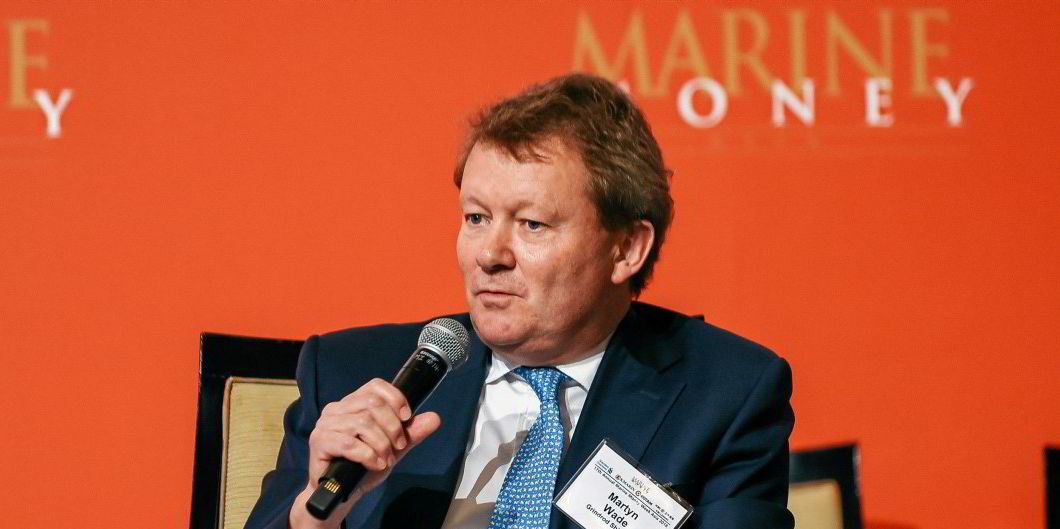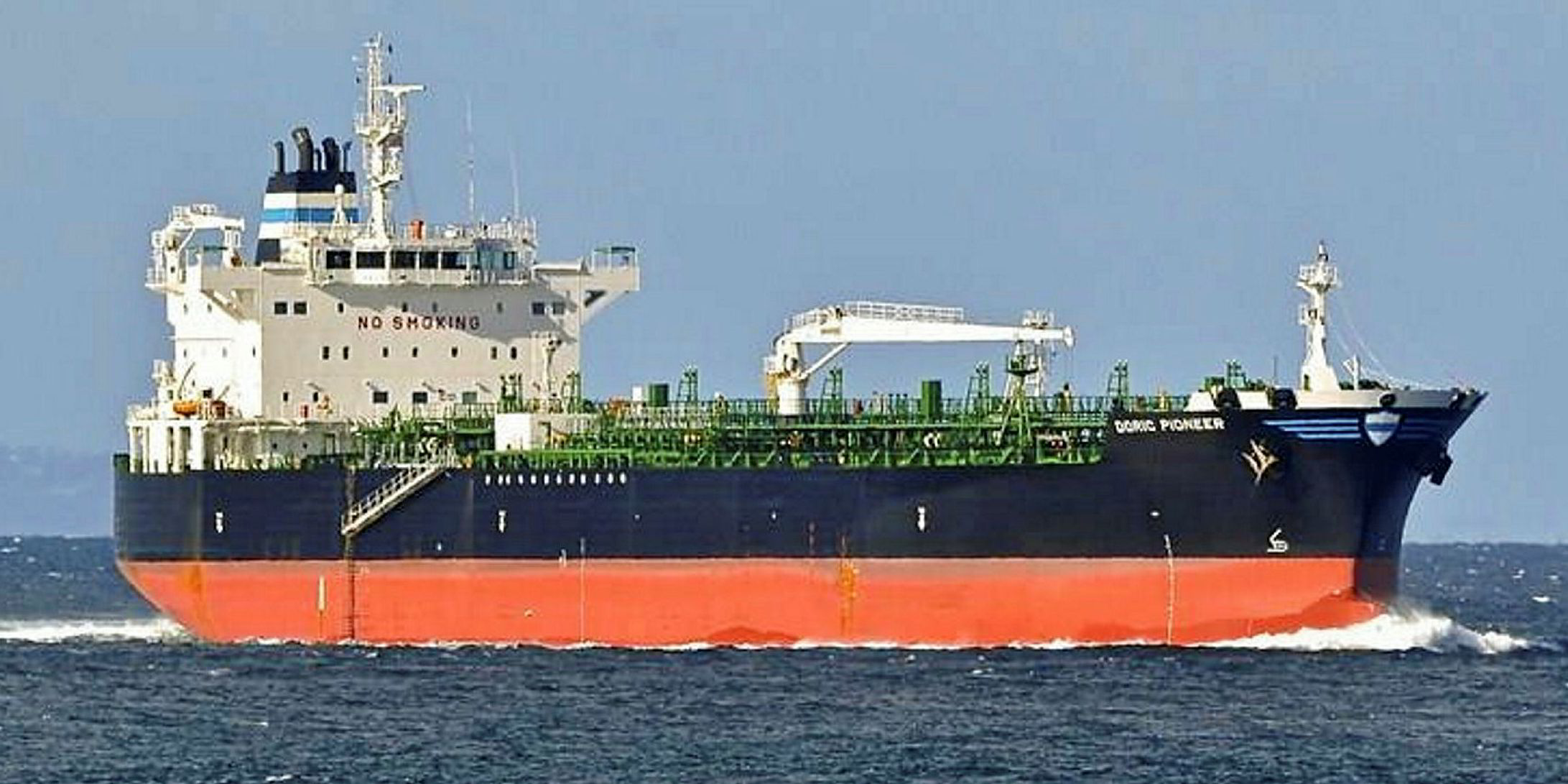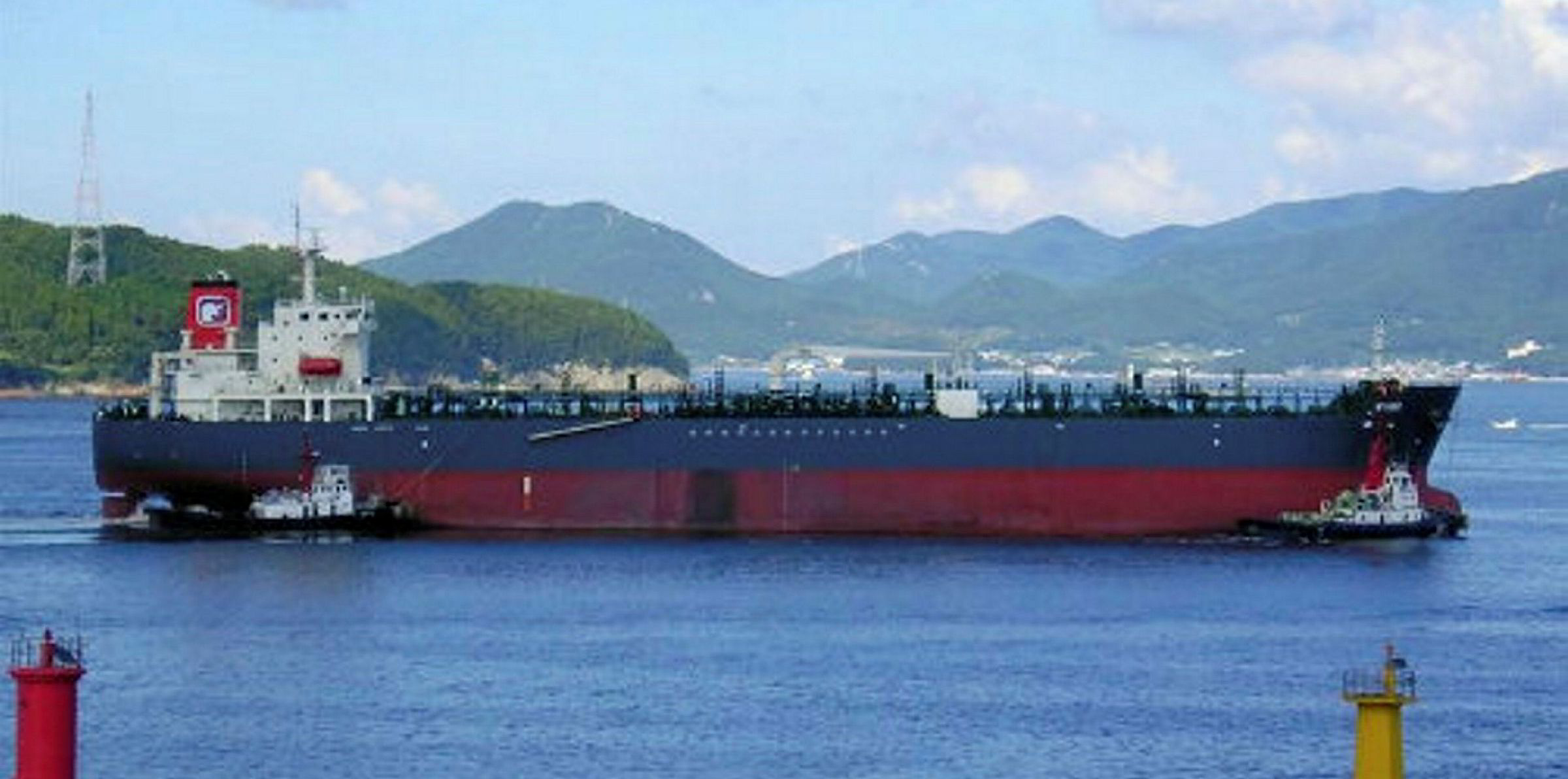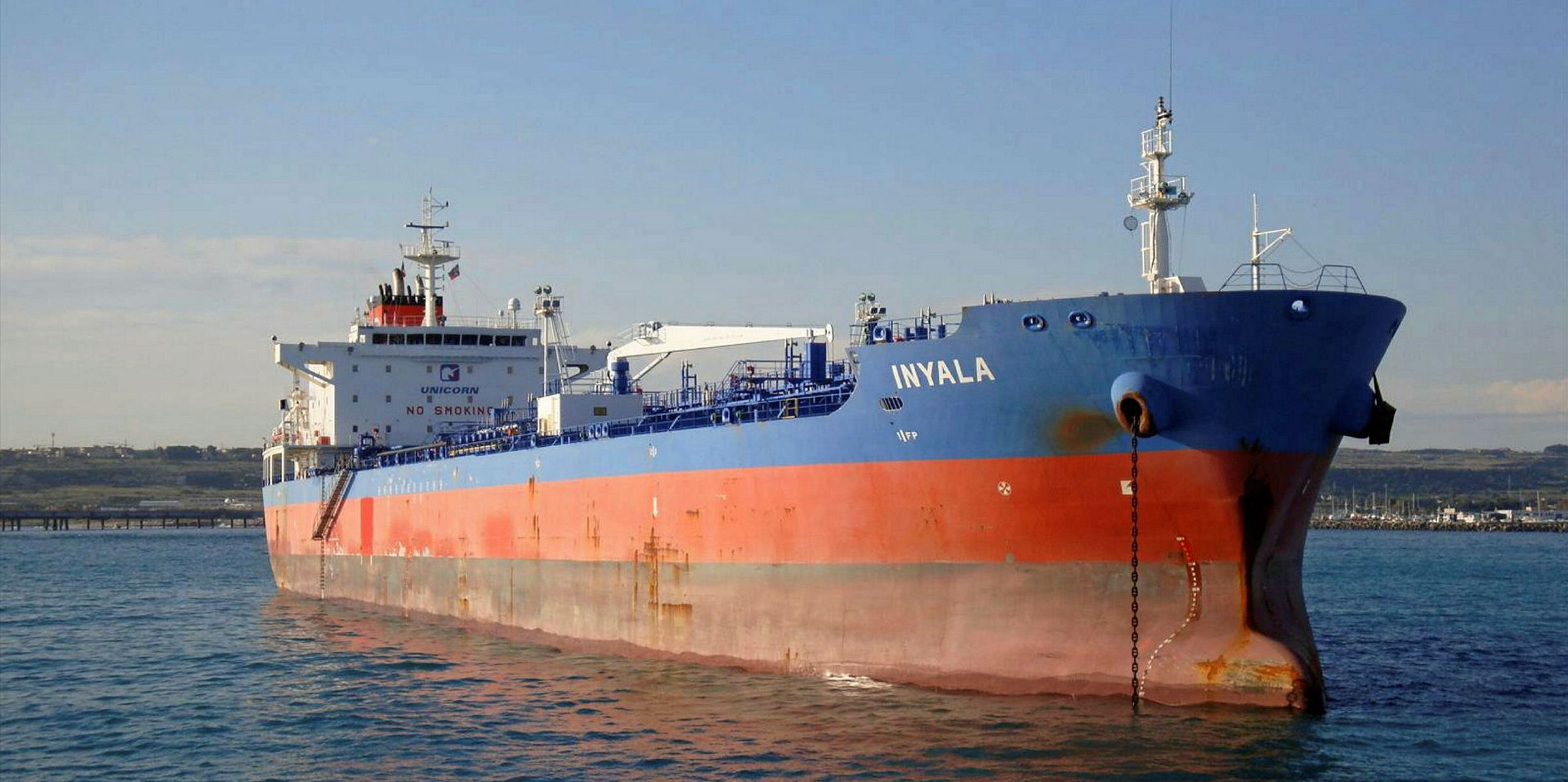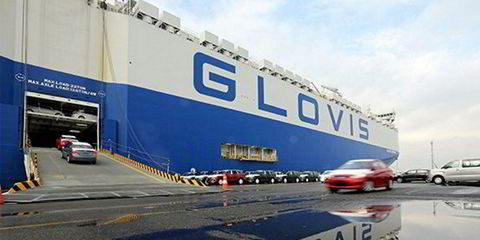Grindrod Shipping chief executive Martyn Wade has no problem doing his part as a shipowner to lower carbon emissions, but charterers also need to pitch into this effort, he said.
Over the past few years, owners have spent millions of dollars on installing exhaust-gas scrubbers and buying eco-ships to meet international regulations on lowering their ships' carbon footprints.
"I always have a bit of a beef about the charterers who appear on the front page of TradeWinds proclaiming their green credentials are the same individuals that at times will take an old ship because it's 50 cents cheaper," he said during an online dry bulk panel during the Capital Link International Shipping Forum.
Here comes the carbon tax
Inevitably, a carbon or power tax will be placed on ships, but the owners should not be the only ones paying while also investing heavily in more environmentally friendly vessels, Wade said.
"At the end of the day ... owners are always expected to pay for everything, and of course it's been incredibly tough for the last 10 years," he said.
"This has to be shared. It's not only to be an owner burden so if we're all going to save the planet as owners.
"We all do our bit, but also charterers and consumers have to help out as well."
Wade previously called for the cost burden to be shared during an online Capital Link forum held in October.
Higher rates needed for higher speeds
Owners will probably keep slow steaming their vessels for the foreseeable future as another way to lower emissions, especially as bunker prices continue to rise, he said.
That is unless spot rates for bulkers jump considerably from where they are today.
"At these kinds of levels, we would need to be, to be honest, probably $15,000 to $20,000 higher if that to justify speeding up," he said.
Grindrod is actually happy with high bunker prices because it keeps ships running on the slow side, which in turn fosters tighter supply for higher rates, Wade told the conference.
"We're all for high bunker prices, the higher the better the slower it goes," he said.
The capesize 5TC, a weighted average of spot rates on five key routes, edged up to $12,152 per day on Tuesday from $11,679 per day on Monday, according to Baltic Exchange data.
Panamax bulkers are currently more expensive to fix than capesizes in the spot market, which last week prompted Cargill last week to hire a capesize it controls to carry a panamax-sized load of grain from East Coast South America to Europe.
"Please, cape guys, hands off our cargo. Come on, you've got your own basket, huh?" Wade said, lightheartedly alluding to the Cargill move.
"You don't need to be carrying handy and ultramax cargo."
Grindrod owns 15 handysize bulkers, eight supramax bulkers, three MR product tankers and a small product tanker. It also charters in eights supramax/ultramax bulkers.
The panamax 5TC maintained its unusual, weeks-long shadow over capesize rates on Tuesday, coming in at $18,715 per day from $18,899 per day on Monday.
The supramax 10TC was assessed $4 lower on Tuesday and hit $20,668 per day, while the handysize 7TC improved to $19,565 per day, up by $138.
